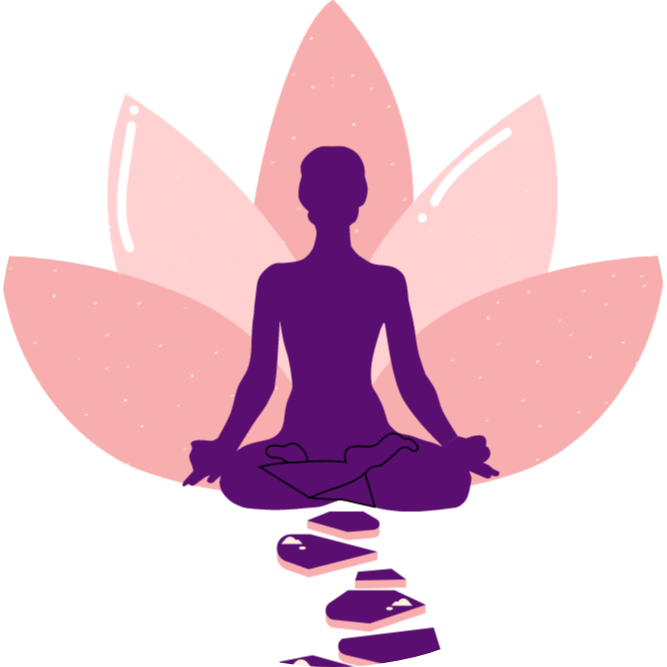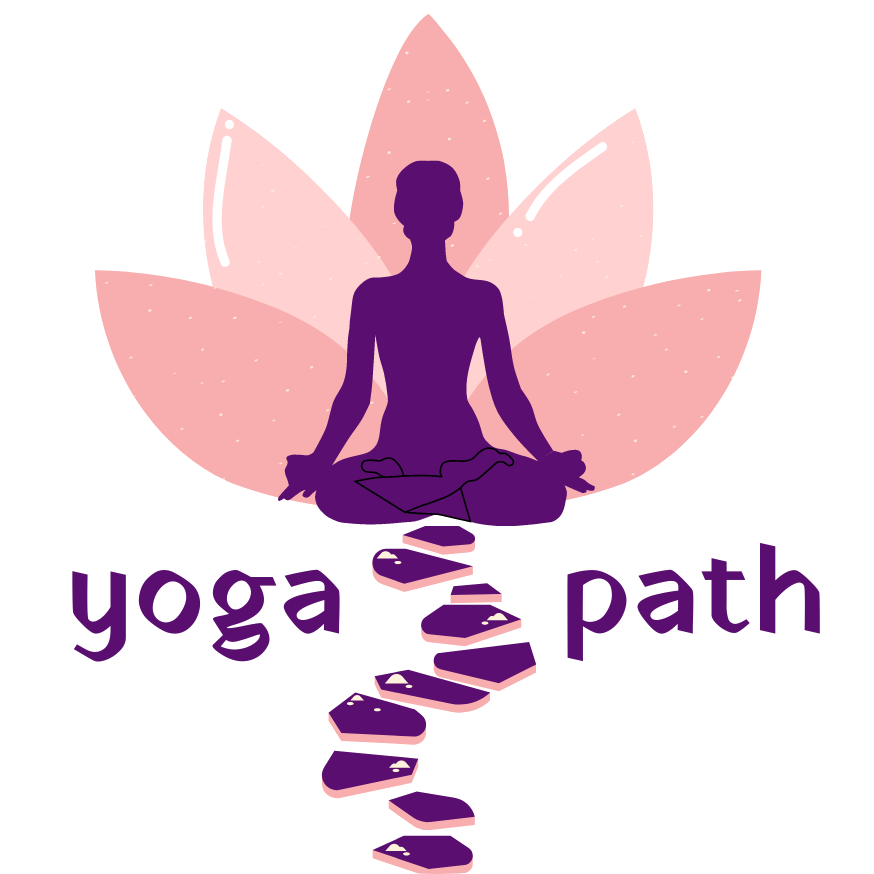Learn Yoga Philosophy
Yoga Sutra I.2

योगश्चित्तवृत्तिनिरोधः॥२॥
yogascitta vritti nirodhah ॥२॥
Controlling the fluctuations of the mind is Yoga.
In the second sutra of the first chapter, Samadi Pada, Patanjali offers us the definition of Yoga.
- yoga = from the root Sanskrit word yuj meaning ‘to yoke’ or unite with the Universe within and without. This refers also to being absorbed in the state of samadhi, to become one with the divine soul.
- chitta = derived from the root Sanskit word cit, meaning ‘to percieve’, Chitta is known as our consciousness. It is the space that holds all things that can be perceived. Chitta largely comprises of 3 parts – Manas (mind), Ahamkara (ego) and Buddhi / Mahat (intellect). Chitta experiences the objective world through its Indriyas or sensory organs. Just like in the rest of the Universe, this Chitta or consciousness in us, is also affected by the three qualities or Gunas of nature – Sattva, Rajas, and Tamas – which cause fluctuations in our mood and behaviour.
- vritti = fluctuations or modifications caused by the impact of Gunas on Chitta, the activities and changes that occur in the Chitta
- nirodhah = reigning in, taking total control of, not allowing distractions, stoppage of, setting aside of, regulating, channeling, gaining mastery of, integrating into, stilling down, quietening of, restraining
Swami Vivekananda translates this sutra as “Yoga is the restraint of the modifications of the mind-stuff”.
Thus, Yoga is achieved when the practitioner, can of his/her own will, pause the urges of the mind having mastered the ability to set still the many alterations that move through one’s thoughts and emotions.

